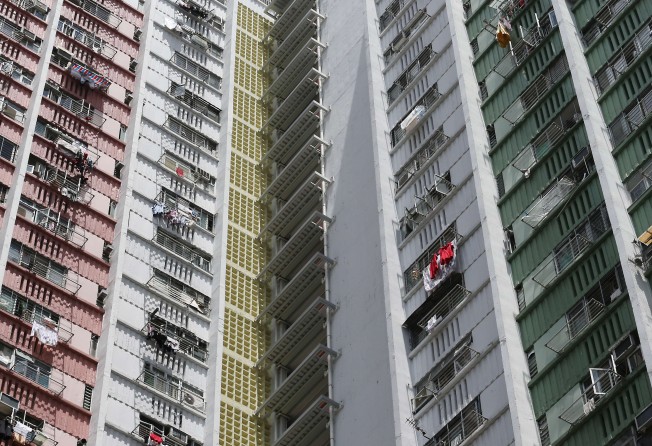Population cannot be the sole criterion to measure future demand for land and housing

I refer to Tom Yam’s letter (“Development chief’s selective use of facts on housing supply”, October 27), which wrongly accused the secretary for development of using selective and misleading data in his blog of October 17.
Quite the contrary, the secretary’s blog presented a fuller picture of the key drivers of land demand and considerations of land development that go beyond just population.
As the secretary has said, despite slower population growth, the number of households will increase by 3.3 times the number of households in Sha Tin by 2043, remaining more or less the same thereafter. The need to lift the plight of families in poor living conditions by building more public housing, and to meet the growing aspirations for more living space and a better environment are adding to the demand for land, not to mention the need to support infrastructure and economic development.
The rapidly ageing building stock is expected to create a huge demand for urban regeneration in the decades to come.
To support an unprecedented scale of redevelopment, we need “decanting” space to accommodate families moving out, to thin out the urban core, and allow opportunities for more public space and facilities within older urban areas. These require more developable land before contemplating how to make urban regeneration work better.
The secretary’s blog was meant to warn against the pitfall of looking solely at population figures in considering housing and land demand, which the letter seems to have fallen into.
The secretary has pointed out that the public housing population barely increased between 2000 and 2015, when public housing units increased by 95,000 (14 per cent). Following your correspondent’s logic, these units should not have been built at all.
Mr Yam’s arguments seem to imply we are developing land excessively. The facts suggest otherwise. Even if we assume that all development possibilities materialise in the coming two to three decades, our developed areas will only take up about 29 per cent (as opposed to 24 per cent now) of total land area.
The increase is moderate, and the proportion of developed land in Hong Kong remains low compared with other major cities such as Shenzhen and Singapore.
We need to look at land development objectively and holistically. The government aims to do so by launching public engagement on “Hong Kong 2030 Plus” (www.hk2030plus.hk). We look forward to a constructive dialogue in the community over Hong Kong’s future development.
Allen Fung, political assistant to secretary for development